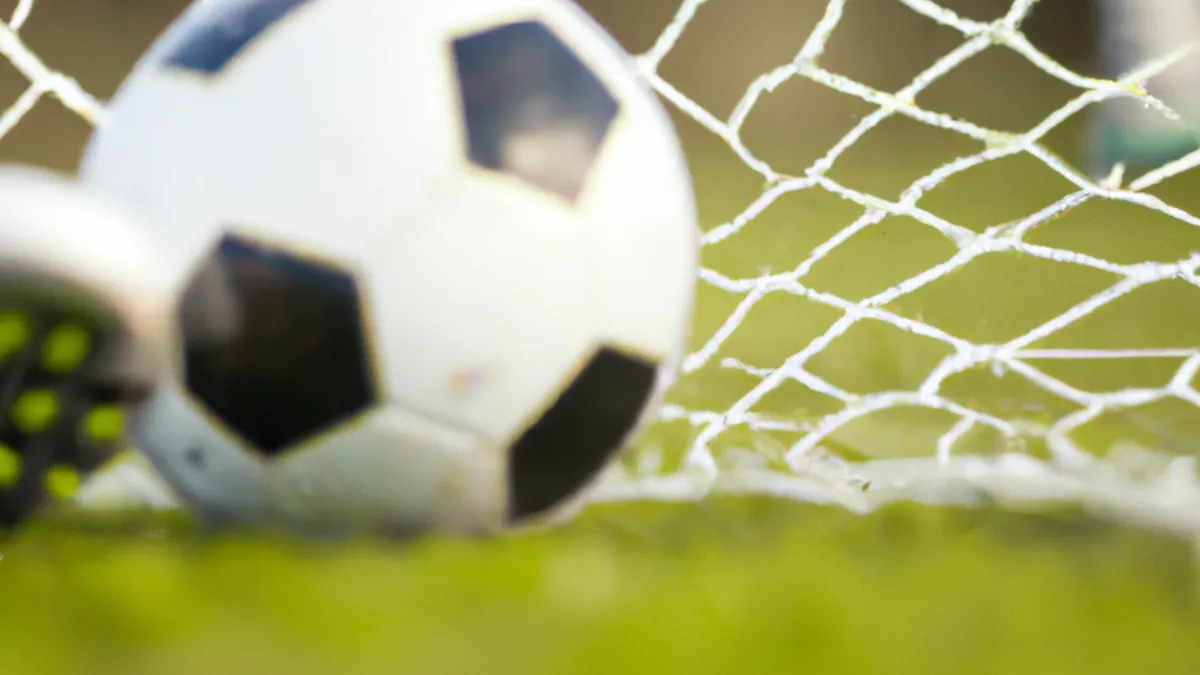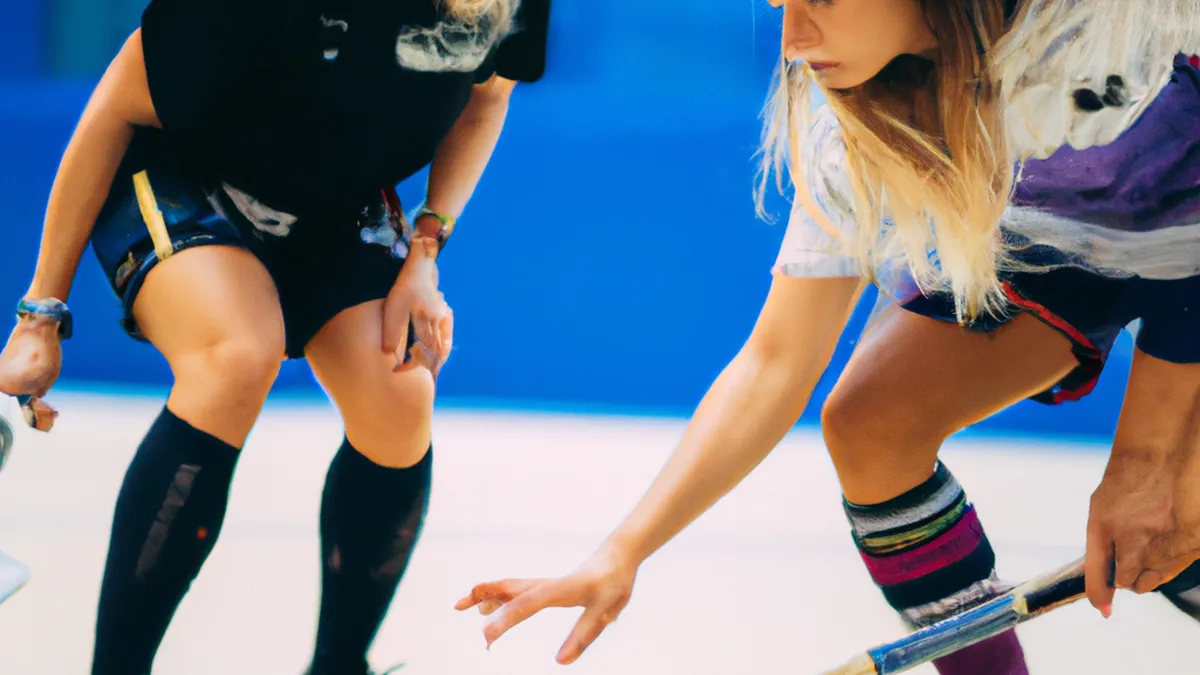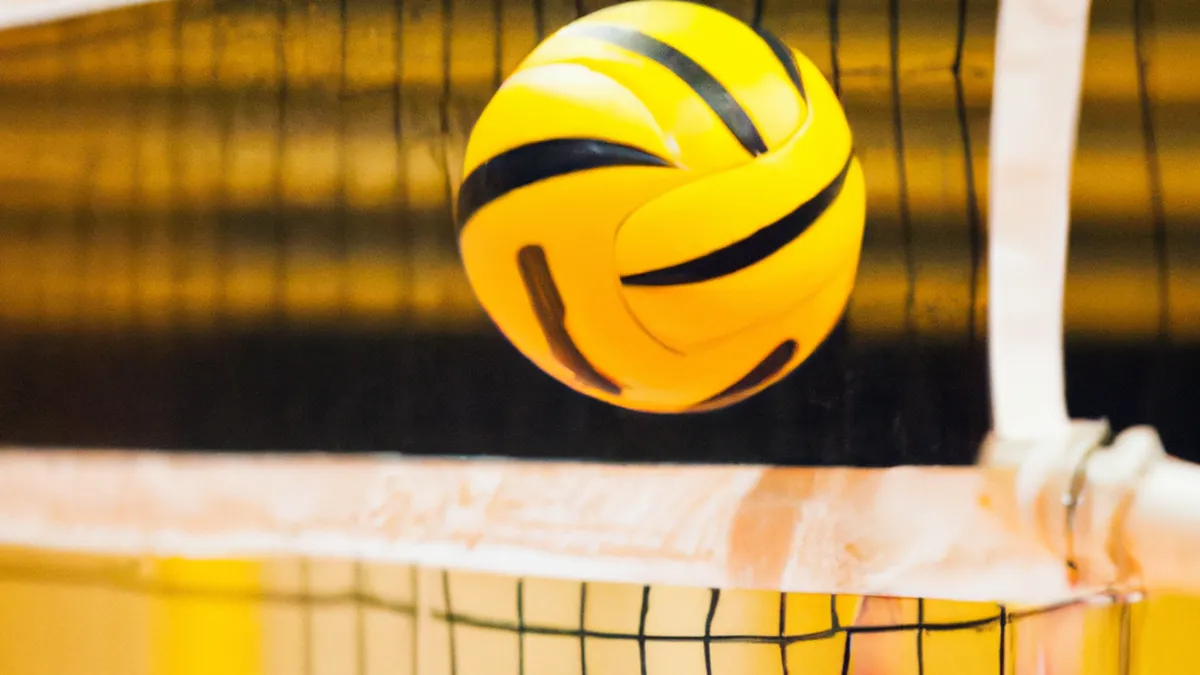Soccer Skills: Age-Specific Conditioning Ideas
Age-Appropriate Conditioning Drills for Young AthletesConditioning is crucial for young athletes. It boosts performance and lowers injury risk. Not all drills fit every age group. This blog explores age-appropriate conditioning drills and their benefits.
Understanding Developmental Stages
Children grow at different rates. Their physical and cognitive abilities also vary significantly. Conditioning drills must match their developmental stage. Coaches and parents should understand these stages to provide appropriate training.
Ages 5-8: Foundation Building
Focus on fun and movement at this age. Children should learn basic skills like running, jumping, and throwing. Engaging them in playful activities fosters a love for physical activity. Here are some suitable drills:1. **Animal Walks**: Kids imitate animals like bears, crabs, or frogs. They crawl, hop, or walk sideways. This drill builds strength, coordination, and flexibility while keeping it enjoyable.2. **Obstacle Courses**: Set up a simple course with cones, hoops, and hurdles. Kids navigate the course by running, jumping, and crawling. This promotes agility and spatial awareness while making exercise fun.3. **Tag Games**: Play games like freeze tag or capture the flag. These games enhance cardiovascular health and encourage teamwork. Children practice quick movements and direction changes, essential skills for any sport.4. **Basic Ball Skills**: Introduce soccer or basketball for passing and dribbling exercises. This helps kids develop hand-eye coordination and understand sports fundamentals.
Ages 9-12: Skill Development
As children grow, they can focus better and understand complex instructions. Conditioning drills can become more structured and sport-specific. Here are effective drills for this age group:1. **Relay Races**: Set up teams to compete in sprinting or agility drills. Have them sprint to a cone and back or perform agility drills. This fosters competition while developing speed and teamwork.2. **Short Sprints**: Incorporate 20-30 yard sprints. Focus on proper form and acceleration. These short bursts enhance endurance and build muscle while teaching young athletes to start strong and maintain speed.3. **Ball Skills**: Use sports balls for dribbling, passing, and shooting drills. These exercises develop coordination and sport-specific skills. Incorporate variations to keep practice interesting, such as shooting from different angles.4. **Basic Strength Exercises**: Introduce bodyweight exercises like push-ups, sit-ups, and lunges. These movements build strength and stability, preparing young athletes for advanced training.
Conclusion
As an Amazon Associate I earn from qualifying purchases.
Gear tip: consider stretching strap, standing desk balance board, and desk cycle to support this topic.
In summary, age-appropriate conditioning drills enhance young athletes’ performance and safety. Tailor drills to their developmental stages for maximum benefit.
Below are related products based on this post:
FAQ
Why is conditioning important for young athletes?
Conditioning is crucial for young athletes as it boosts their performance and reduces the risk of injuries. By engaging in appropriate drills, they can develop essential skills and build a strong foundation for future athletic endeavors.
What types of drills are suitable for children aged 5-8?
For children aged 5-8, drills should focus on fun and basic movement skills. Suitable activities include animal walks, obstacle courses, tag games, and basic ball skills, which help enhance strength, coordination, and a love for physical activity.
How do conditioning drills change for children aged 9-12?
As children reach ages 9-12, conditioning drills can become more structured and sport-specific. Effective drills for this age group include relay races, short sprints, ball skills exercises, and basic strength training, which help develop their focus, teamwork, and sport-specific abilities.















Post Comment